Craving a European adventure that’s rich in experiences but light on your wallet? Step right into the Baltic states! Estonia, Latvia, and Lithuania are Europe’s best-kept secrets – each offering a treasure trove of incredible architecture, breathtaking landscapes, captivating history, and unique cultures you won’t find anywhere else on the continent.
“But which Baltic country should I visit?” we hear you ask. The answer? All three! We’re absolutely smitten with each Baltic gem for different reasons, and we can’t wait to share why. That’s exactly why our Expat Explore team has crafted this ultimate Baltic travel guide – packed with insider tips and must-see spots to help you experience the magic of this remarkable region without the tourist crowds (or prices) of Western Europe!
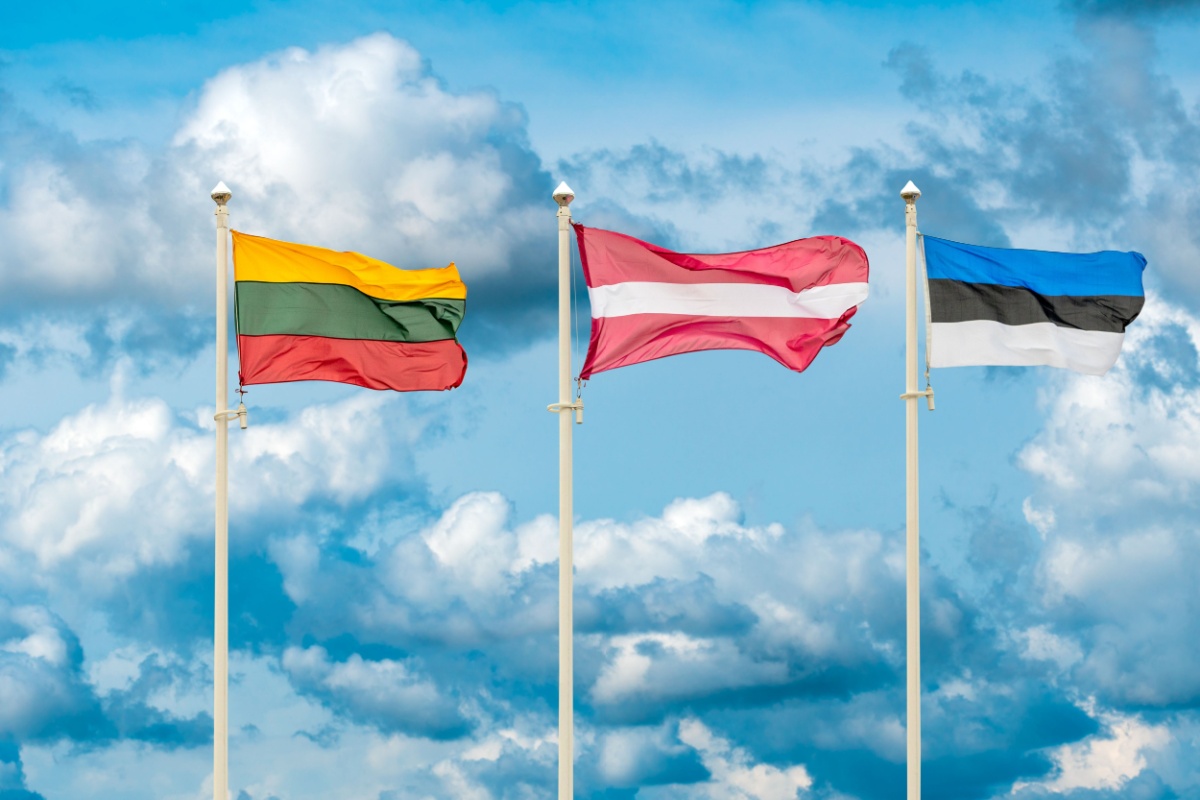
Your guide to the Baltic states
The Baltic basics
The Baltics is a geopolitical term which refers to the three Baltic states: Estonia, Latvia, and Lithuania. These Northern European countries all share coastlines along the Baltic Sea and are members of the European Union, with the Euro as their common currency.
While each country has its own language (Estonian, Latvian and Lithuanian), it’s interesting to note that only Latvian and Lithuanian are considered Baltic languages – Estonian is actually closer to Finnish!

These countries share a remarkable history of resilience. After gaining independence from the Soviet Union in 1991, the Baltic states have flourished while proudly preserving their unique cultural identities. One of the most inspiring moments in their history was the 1989 “Baltic Chain” or “Baltic Way” – a peaceful protest where approximately 2 million people formed a 690km human chain stretching from Vilnius through Latvia to Tallinn, demonstrating their unity and desire for freedom.
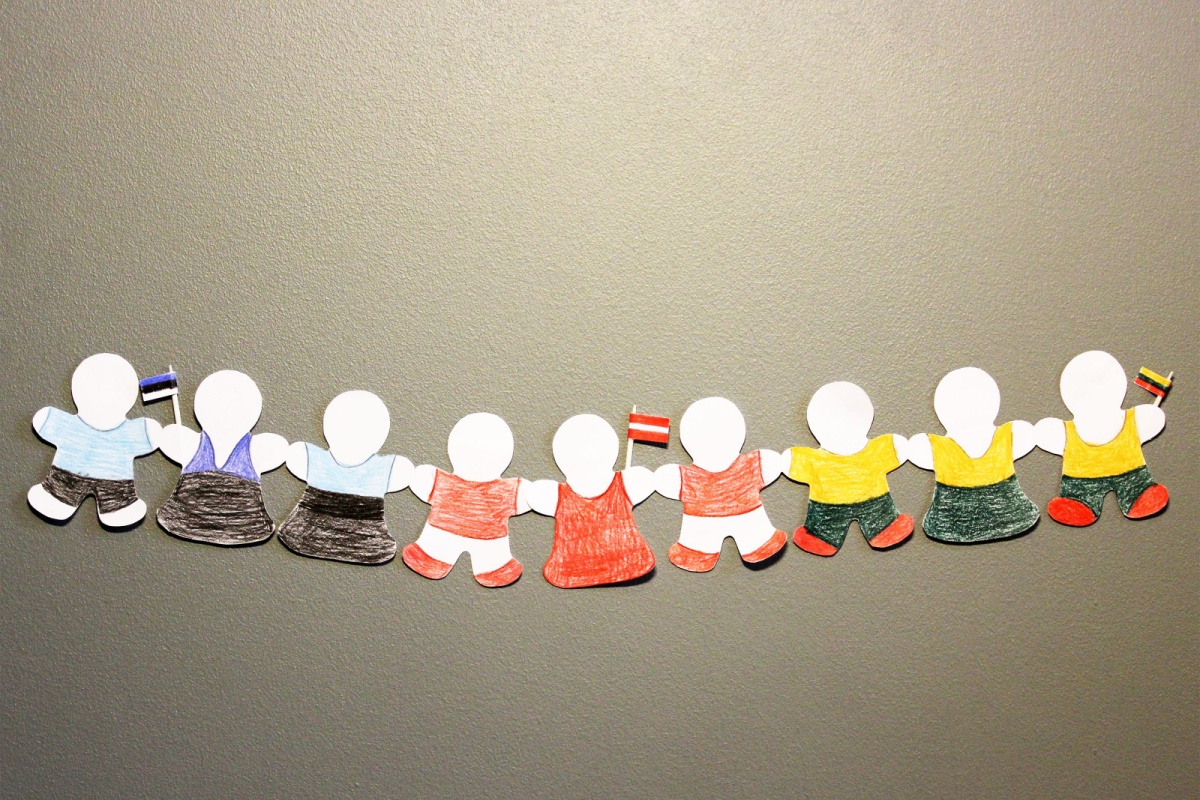
Related: Discover the Highlights of Helsinki & the Baltics!
Your guide to Estonia
Capital City: Tallinn.
Population: 1.3 million.
National Dish: Verivorst (blood sausage).
Visit for: Medieval architecture, charming restaurants, and winter wonderland experiences.
Fun Fact: Estonia is one of Europe’s leading tech innovators. Companies like Bolt, Skype, and Wise all started here.
First up on our Baltic adventure is Estonia, the northernmost of the three countries. While it’s slightly more expensive than its Baltic neighbours, Estonia remains wonderfully affordable compared to its nearby Nordic neighbours.
Winter wonderland in Tallinn
As the northernmost Baltic country, Estonia experiences the coldest climate of the three. Winter transforms Tallinn into an enchanting snow-covered wonderland from November through March. If you’ve always wanted to experience a truly magical Christmas market without the overwhelming crowds of more famous destinations, Tallinn’s historic town square offers festive charm that rivals anything in western Europe, at a fraction of the cost.
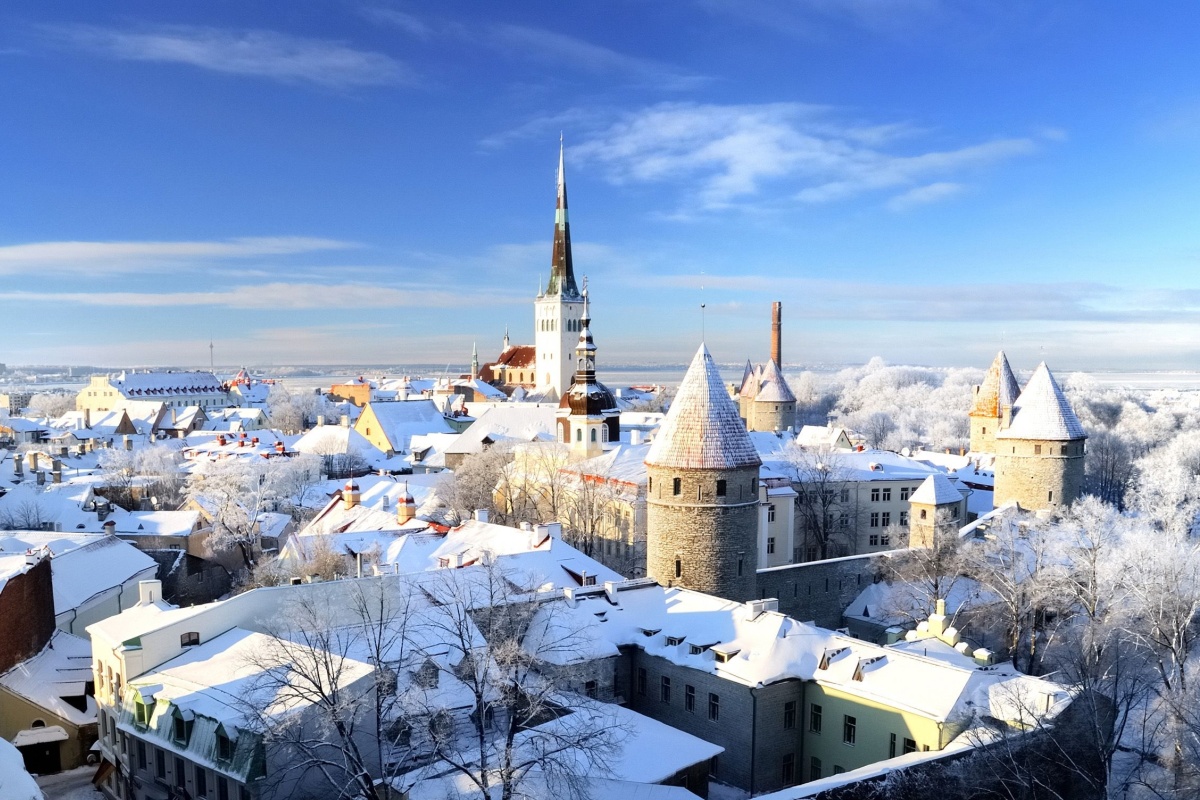
Summer by the Baltic Sea
For those who prefer warmer weather, summer brings its own delights. The streets come alive with festivals and markets, and Estonia’s surprising number of sandy beaches invite you to relax along the Baltic coast. The resort city of Pärnu, the island of Saaremaa, and beaches in Lahemaa National Park offer peaceful spots to enjoy the summer sun without fighting for a spot to place your towel.
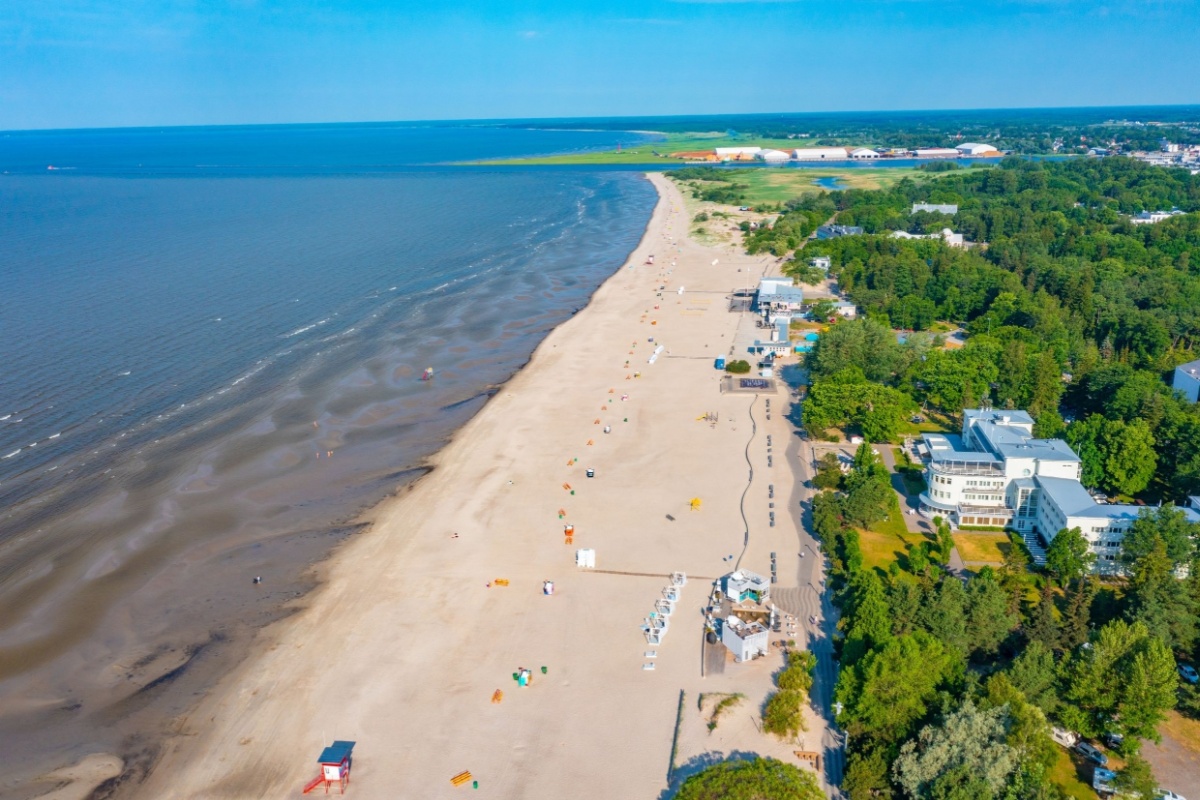
Related: These are Europe’s best city beaches.
Medieval dining experiences
To truly experience the Medieval atmosphere of Tallinn, be sure to visit one of the city’s Medieval restaurants. Spots like the Peppersack, Olde Hansa and III Drakon offer delicious, historic dishes and an authentic Medieval experience.
These restaurants will transport you centuries back in time with candlelit dining halls and servers in period costumes! Here, try some traditional Estonian food such as its national dish verivorst (blood sausage), game meat, fresh and smoked fish and potatoes.
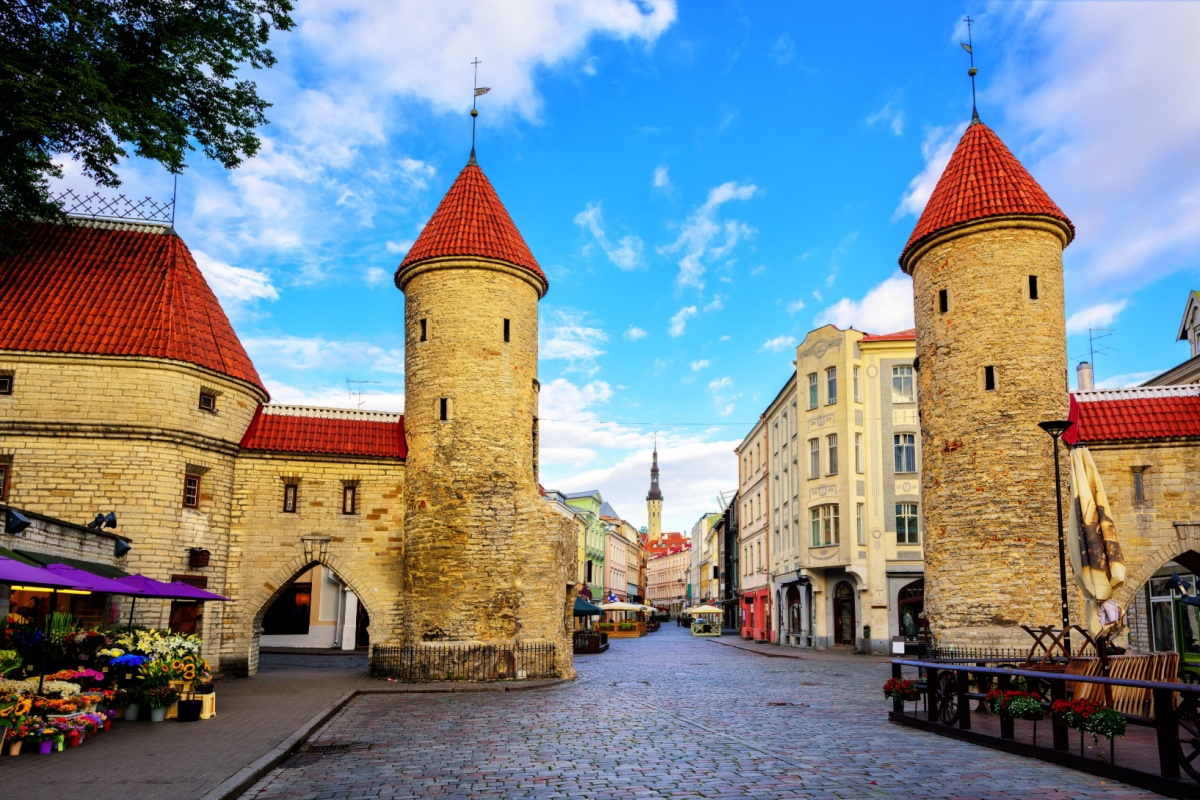
Top Travel Tip: One of the best day trips from Tallinn is to Helsinki, Finland! This Nordic capital is just a 2-hour ferry ride from Estonia’s capital city. Join our Nordic & Baltic Escape tour to experience this unforgettable journey!
Your guide to Latvia
Capital City: Riga.
Population: 1.9 million.
National Dish: Pelēkie zirņi ar speķi (grey peas, fried onion, bacon).
Visit for: Riga’s impressive Old Town and Art Nouveau architecture.
Fun Fact: The world’s first decorated Christmas tree was recorded in Riga in 1510.
Travelling south, Latvia is next on our list! Despite the countries’ close proximity, Latvia differs from Estonia in a number of ways. While the architecture of Estonia’s capital, Tallinn, is distinctly Medieval, Latvia’s capital, Riga, is renowned for its exceptional Art Nouveau architecture. There are also a number of historical and cultural differences between the two countries. Estonia is often considered more Nordic than Baltic and this is clear in its history, culture, language, and cuisine.
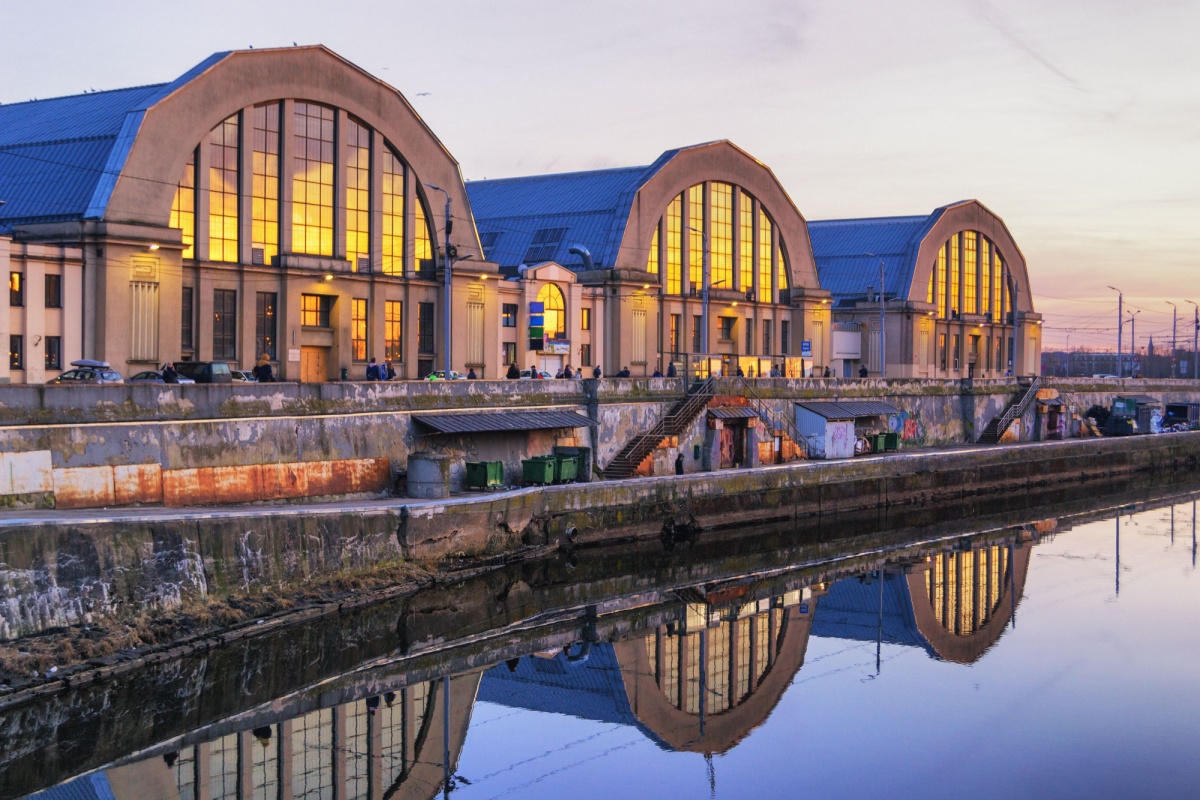
A taste of Latvia
Latvia’s cuisine reveals both its history and geography through dishes that feature locally sourced ingredients: fish from the Baltic, rye and barley from local fields, and pork and dairy products from nearby farms. You’ll notice both Slavic influences (like Russian-style dumplings) and German traditions (such as sauerkraut) in Latvian cooking, a delicious testament to the country’s complex history.
For a true taste of Latvia, visit Riga’s Central Market, the largest market in Europe. Housed in former German Zeppelin hangars (what a story!), this UNESCO-listed bazaar offers both fresh ingredients and affordable local dishes. It’s the perfect place to engage with locals and experience everyday Latvian life.
Architectural wonders of Riga
Riga, the largest of the Baltic capitals, boasts an Old Town that has earned its place on the UNESCO World Heritage list. The pedestrian-friendly streets are lined with architectural treasures. From the dazzling, Art Nouveau House of the Blackheads to the Medieval “Three Brothers” dwelling houses and the quirky Cat House, Riga’s Old Town will delight all art and architecture lovers.
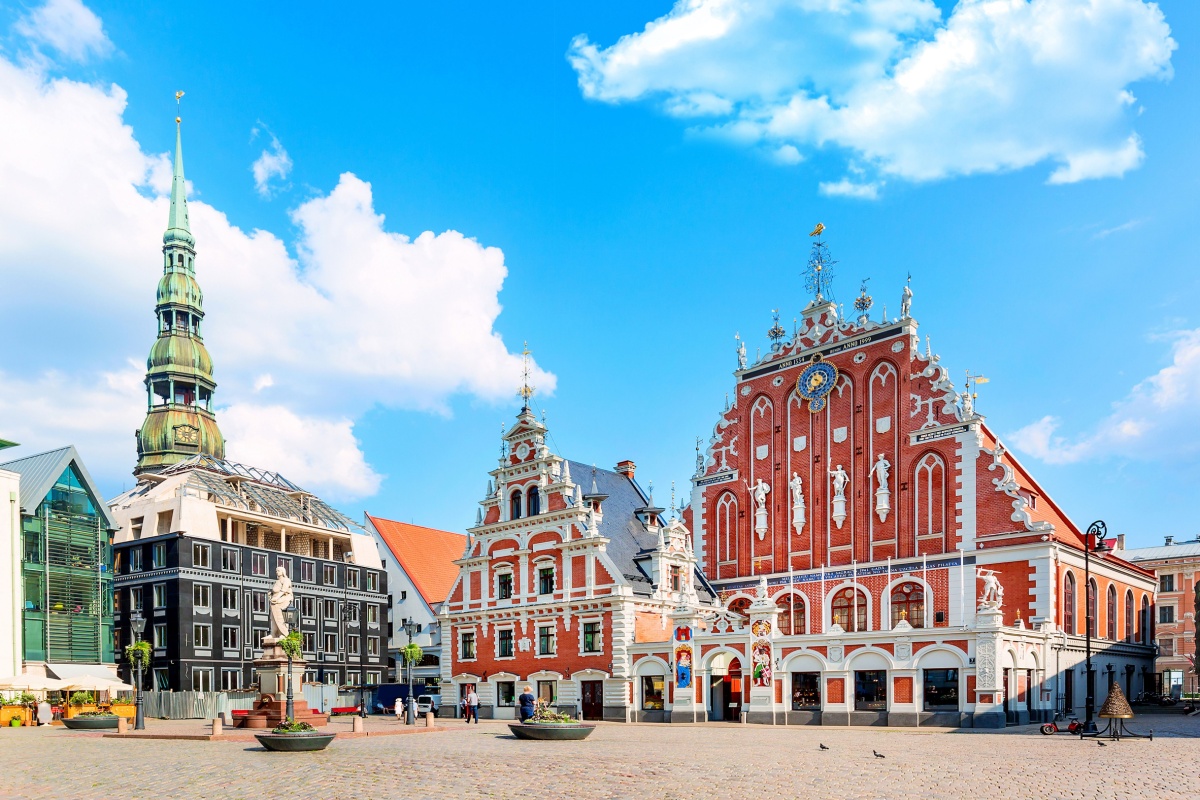
Seasonal experiences in Latvia
Much like Estonia, Latvia has cold winters but a dazzling festive atmosphere during the Christmas season. On the other hand, over 50% of Latvia is covered in forest making both the countryside and cities beautifully green in spring and summer.
When the weather warms, enjoying a refreshing dip in the Baltic Sea at the resort city of Jūrmala or Saulkrasti on the Gulf of Riga is a treat! These are the places where locals go to enjoy their precious summer months.
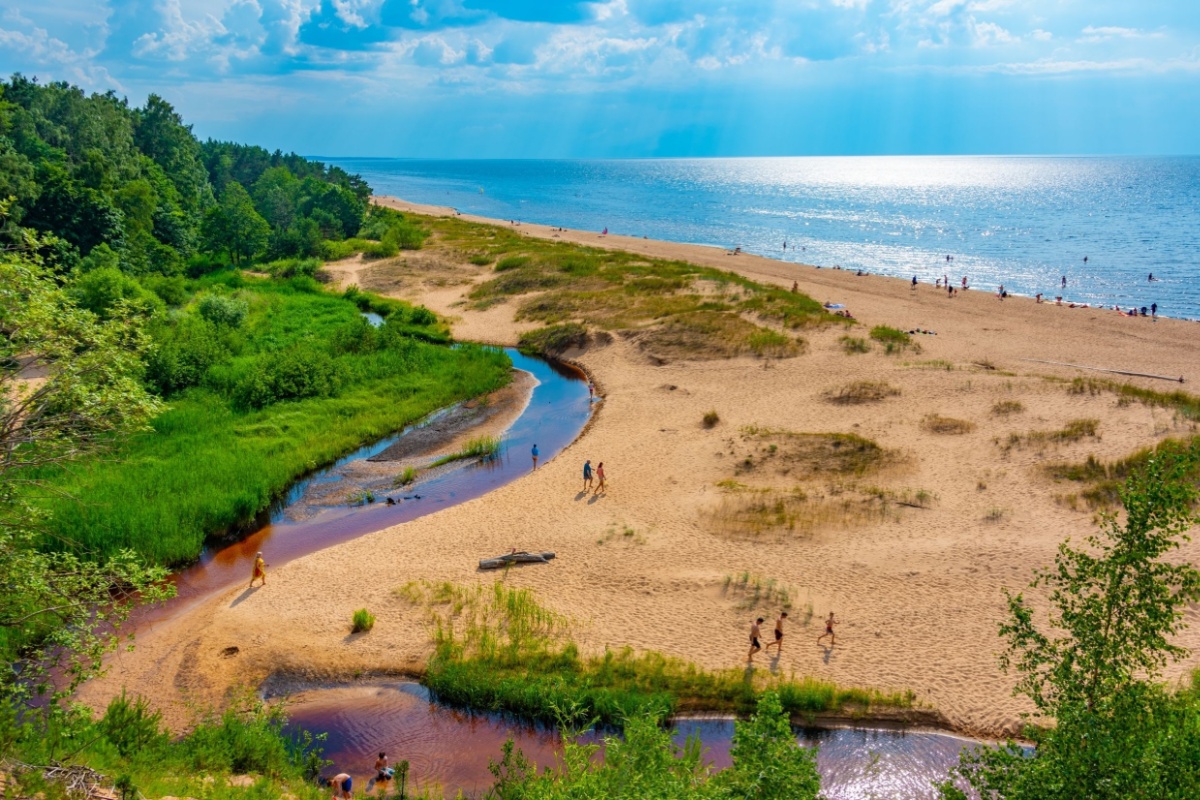
Related: Visit Latvia and the other Baltic states as well as Germany, Scandinavia and the Netherlands when you join our Northern Explorer tour!
Your guide to Lithuania
Capital City: Vilnius.
Population: 2.8 million.
National Dish: Cepelinai (potato dumplings).
Visit for: Spectacular greenery and natural scenery.
Fun Fact: In 1992, the iconic band The Grateful Dead sponsored the Lithuanian basketball team to go to the Barcelona Olympics! The team won the bronze medal while dressed in an epic tye-dye uniform.
Last but most certainly not least in our guide to the Baltic states, we reach lovely Lithuania – the largest Baltic state. It is believed that the country’s name (Lietuva in Lithuanian) means “land of rain”. While you might imagine this means you’re in for a cloudy and stormy Lithuanian holiday, this is not the case. Many other European countries such as the United Kingdom and Norway see far more rainfall! Instead, the name reflects Lithuanians’ deep appreciation for the rain that nourishes their beloved forests and lakes.
Natural splendour
With a third of the country covered in forest and approximately 2,800 lakes sprinkled throughout the landscape, Lithuania offers the perfect getaway for nature lovers.
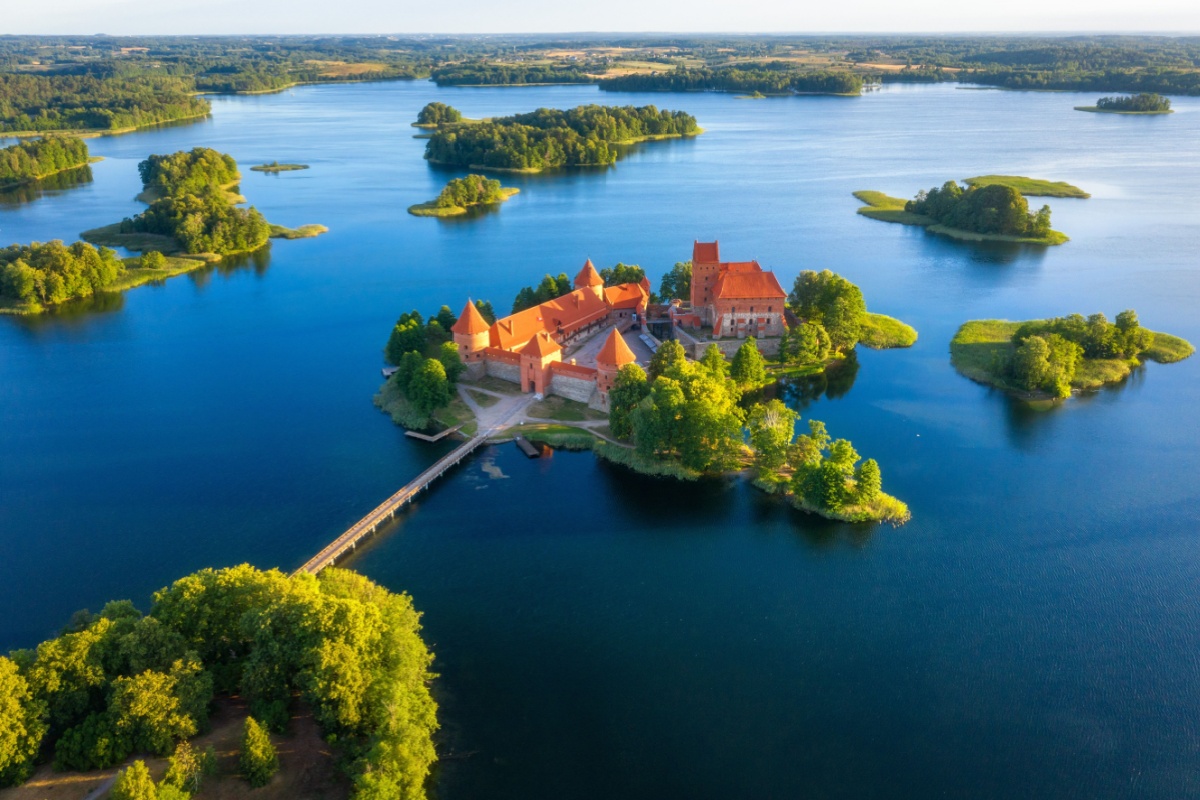
Lithuanian summers
As the warmest of the Baltic states, Lithuania enjoys a glorious summer that begins in June and can last well into September. During these golden months, the streets of Vilnius, Kaunas, and Klaipeda come alive with festivals, outdoor concerts, and al fresco dining. Unlike Tallinn and Riga, Vilnius isn’t on the sea, but the country boasts gorgeous lake beaches and picturesque resort towns like Palanga and Nida which are popular summer destinations. However, both these towns are a few hours away from Vilnius making them best to visit as a destination all on their own rather than as a day trip from the capital.
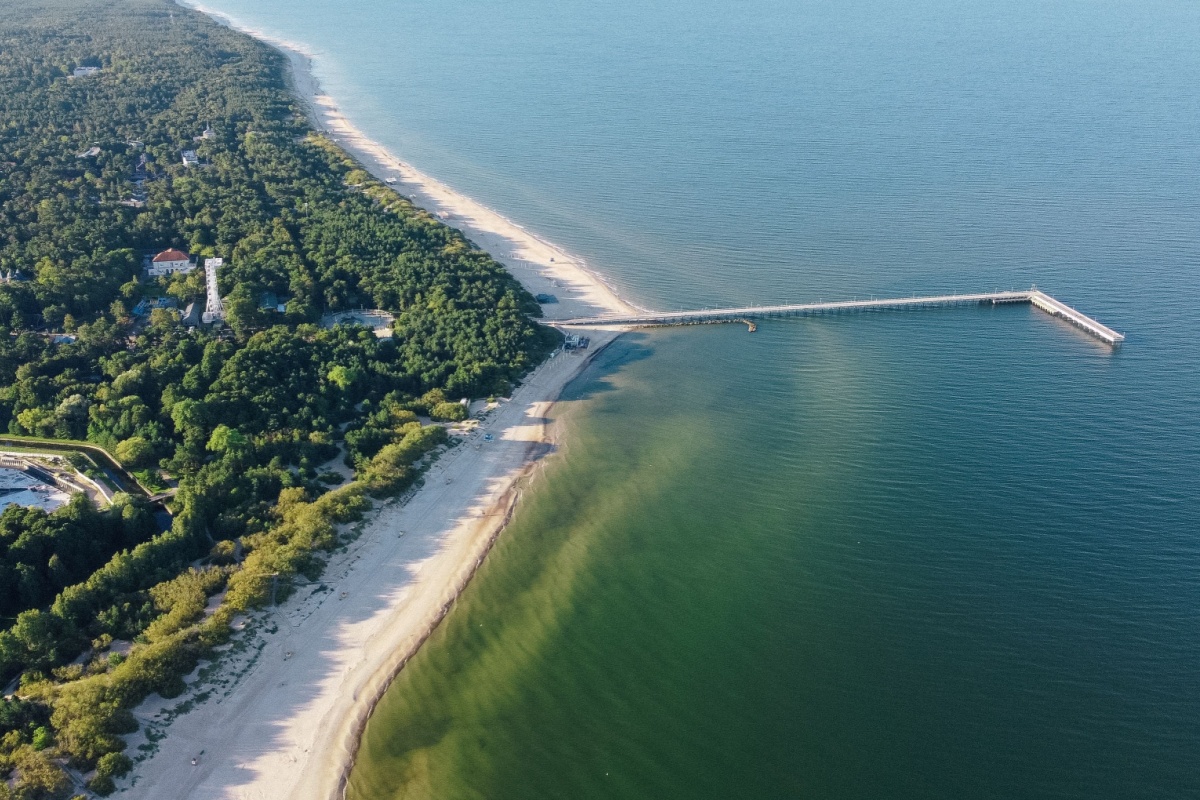
Winter in Vilnius
Vilnius doesn’t slow down in winter, in fact, it transforms into a snowy, fairytale city full of warmth and wonder. Especially in the city’s UNESCO-listed Old Town—one of the largest and most beautiful in Europe, known for its stunning Baroque architecture. When the cold sets in, warm up by exploring one of Vilnius’s many museums or settle into a cosy restaurant to enjoy hearty Lithuanian dishes, perfect for winter days.
Whether you’re wandering through snowy courtyards or savouring comfort food by candlelight, Vilnius in winter is a charming and underrated escape.
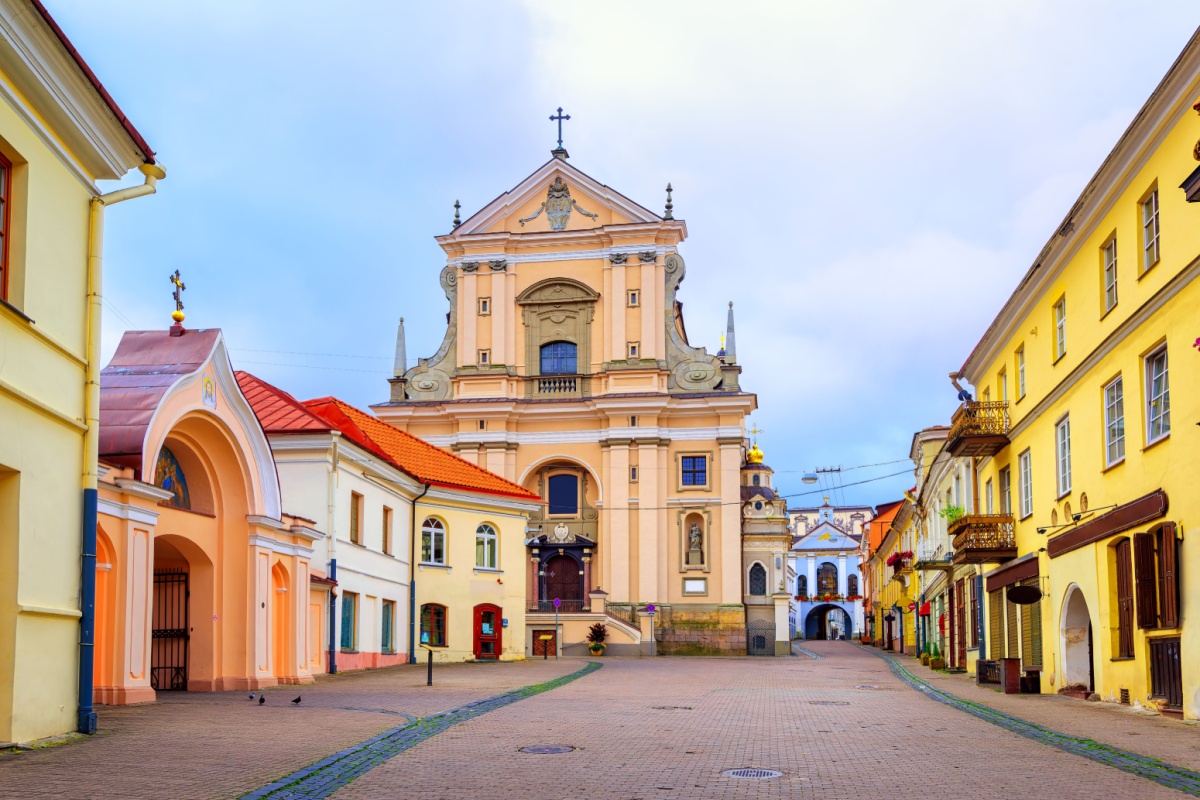
Related: Read our blog to learn more about the many delicious Lithuanian dishes you simply have to try.
One region, endless reasons to visit
It’s hard to pick a favourite Baltic country (especially after this guide to the Baltic states) when every country has so much to offer. From Estonia’s medieval charm and tech innovation to Latvia’s Art Nouveau splendour and Lithuania’s natural beauty, the Baltics provide incredible variety in a relatively small region.
Can’t wait to bask in the Baltics? Join Expat Explore’s Ultimate Scandinavia & the Baltics tour for the best Baltic travel itinerary and an adventure of a lifetime!
Ready to Start Planning?
Drop us a message and let’s make your next adventure happen — we're here to help every step of the way.
Join the Expat Explore family!
We'll deliver top travel tips, insider info and travel inspiration right to your inbox.
